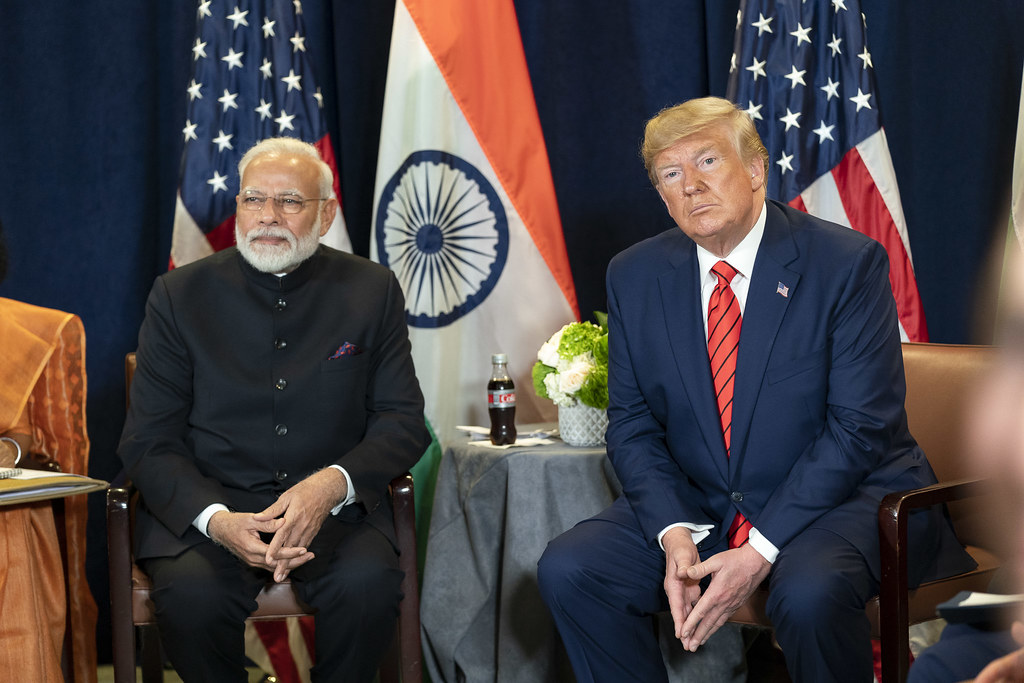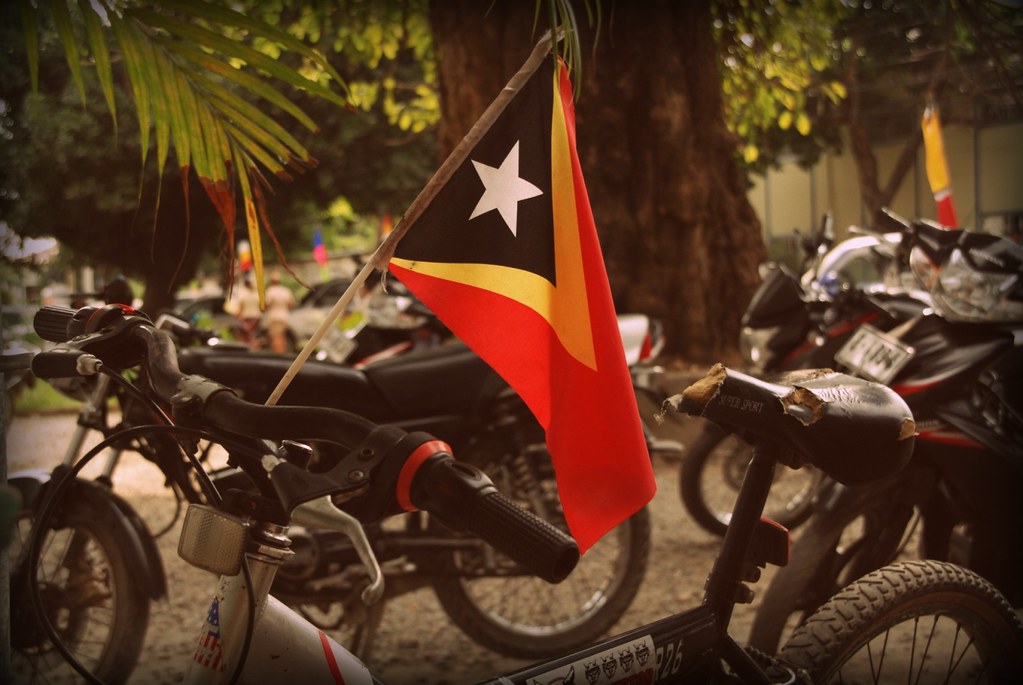Future-proofing from the ground up is how eastern Indonesia is working towards climate resilience. Empowering women, honouring tradition, and listening to marginalised voices have been key to a fairer and more responsive appraoch.
On his re-election, Prime Minister Anthony Albanese made his first overseas visit to Indonesia, signifying the importance of this nation to Australia. Given our close relationship and proximity, what happens in Indonesia matters here. Global warming doesn’t respect national borders so the impacts of climate change happening in Indonesia will have repercussions here.
In Eastern Indonesia, climate change is not a future concern. It is here, now, reshaping daily life, disrupting livelihoods, and deepening inequalities. Rising seas are inundating coastal homes. Prolonged droughts are crippling agriculture. Cyclones are destroying infrastructure. But perhaps most concerning is how these impacts disproportionately affect those already living on the margins: women, older people, and people with disabilities.
As Australia steps up its regional leadership on climate resilience, there is much to learn from communities in our near neighbourhood. Supported by the Department of Foreign Affairs and Trade (DFAT) and KONEKSI, we have spent time in three key places in Eastern Indonesia—Kupang, Lombok, and Makassar—to better understand what inclusive climate resilience looks like in practice and how to future-proof it.
The answers, we found, lie not in top-down policy, but in empowering communities to lead. Inclusive, gender-sensitive, and locally grounded strategies are essential if we are to build effective and enduring responses to climate change.
From our fieldwork, ten key strategies emerged, each grounded in local experience but carrying lessons that resonate far beyond Indonesia. The first was that immediate action can be taken to future-proof climate resilience by diversifying livelihoods. Communities with a narrow economic base are more vulnerable to climate shocks. Diversifying income sources through integrating farming and livestock, establishing weaving cooperatives, and supporting micro, small, and medium-sized enterprises helps cushion the blow of extreme weather. For women, these activities often offer more than income: they provide autonomy and leadership opportunities in times of crisis.
Another action we can take is support the rollout of climate-smart agriculture. Farming methods must adapt to unpredictable weather. In Lombok, farmers are modifying planting schedules based on climate forecasts and using water-saving technologies like drip irrigation. These practices not only increase yields but also make farming more resilient to changing conditions.
Community-based natural resource management is another way that can support long-term climate resilience. When local communities have a say in how forests, waterways, and land are managed, the outcomes are more sustainable. In Kupang, communal governance of resources fosters shared responsibility and ensures that solutions reflect local knowledge and needs.
Another way to support climate resilience is to support women’s leadership. Women are often at the frontline of household adaptation, yet their voices are underrepresented in decision-making. We found that where women led climate planning, such as in local councils, village forums, and co-operatives, resilience strategies were more equitable and better targeted. Recognising women’s leadership is not just fair; it is smart policy.
One aspect that doesn’t get so much coverage in places like Australia, but that is key in Indonesia, is leveraging faith and spiritual practice. Religion plays a central role in community life in Eastern Indonesia. Faith-based organisations and leaders have unique authority and reach, making them powerful partners in promoting climate awareness. Integrating climate messages into sermons, prayers, and ceremonies helps strengthen collective commitment to adaptation.
Revitalising Indigenous and traditional knowledge is something Australia is only starting to act on, but for generations local communities in Indonesia have used intercropping, seasonal calendars, and customary rules to manage their environment. These practices are still highly effective and can complement scientific approaches. Ignoring them would be a missed opportunity; integrating them builds both cultural pride and environmental resilience.
Another step to be taken to support climate resilience is ensuring inclusive financial access. Climate adaptation requires resources. Yet, access to financial tools such as village funds, credit, and subsidies often excludes those most in need. Women, people with disabilities, and older adults frequently face systemic barriers. Targeted financial inclusion is critical to ensure no one is left behind.
Building adaptive capacity through education should be an important focus. Education builds resilience. Formal training in sustainable agriculture, climate science, and disaster preparedness helps communities plan for the future. Just as important is informal, intergenerational learning. Elders share traditional wisdom; youth bring innovation. Together, they create continuity and adaptability.
Another step that can be taken is strengthening community engagement and advocacy. Resilience grows from the ground up. In Kupang, the Village Disability Group ensures people with disabilities have a seat at the table when resilience strategies are designed. This kind of inclusive advocacy makes solutions fairer and more effective.
Finally, it is important to implement inclusive policy frameworks. National policies often fail to reflect local realities. Inclusive policies must be grounded in local contexts and be responsive to diverse needs. Access to social protection, health care, and adaptation programs must be designed with input from those most affected. Otherwise, the most vulnerable will remain at risk.
What can Australia learn through these Indonesia-based findings? Australia has a track record of supporting regional climate initiatives, but we must go further. These ten strategies are not just useful for Eastern Indonesia; they offer a blueprint for inclusive climate resilience globally, including here at home. As we confront increasing floods, bushfires, and heatwaves, we must ask: who is being left behind? Are our own adaptation strategies inclusive? Are we learning from those who have the most at stake and the most to teach?
Importantly, the solutions are not found in technology alone. They are found in relationships, in respect for traditional knowledge, in investment in women’s leadership, and in ensuring that marginalised voices shape policy. Resilience is not just about recovery. It’s about transformation. It’s about creating systems that are fairer, stronger, and more responsive to the diverse realities of the people they serve. In Eastern Indonesia, local communities are already showing what that looks like. More people should support them.
Read more about our research here.
Sharyn Davies is Director of the Herb Feith Indonesian Engagement Centre at Monash University and a leading expert on gender, sexuality, and climate resilience in Indonesia. Welmince Djulete, Miya Irawati, and Yulisna Mutia Sari are postdoctoral researchers at Herb Feith Indonesian Engagement Centre, and co-leaders of a KONEKSI-funded project.
This article is published under a Creative Commons License and may be republished with attribution.




